Martin Hughes, MBA Director for J.E. Cairnes School of Business & Economics at the National University of Ireland Galway, recently asked me to present to his MBA class on Team Empowerment. I was excited for two reasons:
- First, it was a topic I had never covered in the past, so it pushed me intellectually out of my comfort zone. It forced me to contemplate my personal experiences in empowering a high-functioning, diverse team in this age of digital transformation.
- Second, it forced me to “think differently” about how I would effectively engage these students remotely. And in the process, maybe enhance my career by being able to deliver these lectures and possibly even keynotes remotely. Tada! Introducing the “Dean of Big Data Production Studies”!
The good news is that the class came off pretty well (at least that’s what Martin and the students told me). Judge for yourself from the YouTube link to the 45-minute lecture. Anyway, for those who don’t have time to watch my video lecture, I’ve summarized the lecture in this blog. But first, a history lesson.
Team Empowerment History Lesson
In the 1805 Battle of the Trafalgar, British Admiral Lord Nelson faced the superior forces of the combined French and Spanish naval armada. Nelson was outnumbered and outgunned and needed to reframe his battle strategy in order to overcome these disadvantages. In 1805, the standard method of naval warfare involved ships lining up across from each other in order to maximize use of their cannons in order to get off more shots than the enemy, a key determinant to success.
Lord Nelson decided to do something completely different. He arranged his ships into two columns and drove them directly at the enemy’s line of battle. This approach, captured in Figure 1, would minimize the enemy’s firepower advantage while driving a wedge between the enemy’s battle line. Once the enemy’s line was broken, Lord Nelson’s ships could fire point blank into the armada, causing absolute chaos in the process[1].
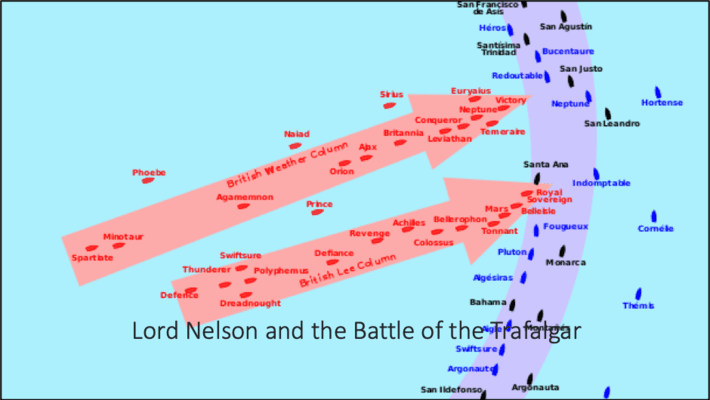
Figure 1: Lord Nelson and the Battle of the Trafalgar Battle Strategy
While much credit for Lord Nelson’s success was given to his innovative battle strategy, an important key to his success was empowering each ship captain to operate independently, turning ship captains into “entrepreneurs of battle”. Each captain was empowered to “think on their own” during the battle, and Lord Nelson leveraged this decentralized, empowered team approach to defeat the command-and-control structure of the French and Spanish Armada.
So, what are the five key takeaways we can learn from Lord Nelson to empower our teams to defeat entrenched competitors?
Key #1: Establish Common Mission & Value Creation Approach
Make sure that everyone in the organization – EVERYONE – understands the organization’s mission (and it will help to actually have a simple-to-understand mission). For my team at Hitachi Vantara, our mission is to “Help organizations become more effective at leveraging data and analytics to power their business models” (see Figure 2).
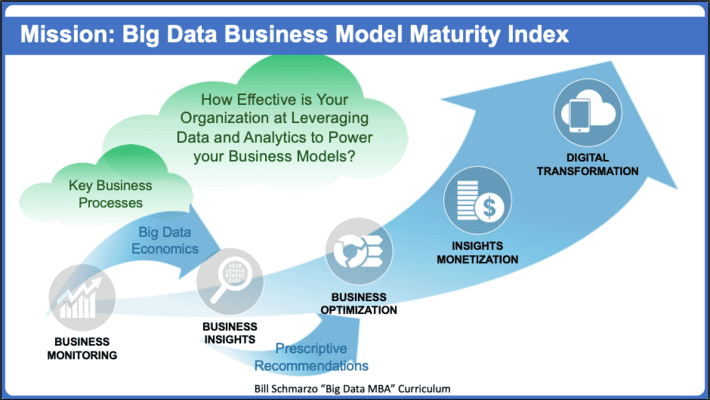
Figure 2: Big Data Business Model Maturity Index
Key #2: Institute a Common Language…The Language of the Customer
Establish a common language so that everyone uses the same words to describe the same assets and actions. And we find that establishing the “language of the customer” using design thinking is the best path forward. Design Thinking discovers unmet customer, market, product and operational needs via direct customer engagement within the context and constraints of a specific customer opportunity. Design Thinking is a repeatable, scalable process that frames the opportunity, ideates, prototypes, tests, fails, learns, refines solution (see Figure 3).
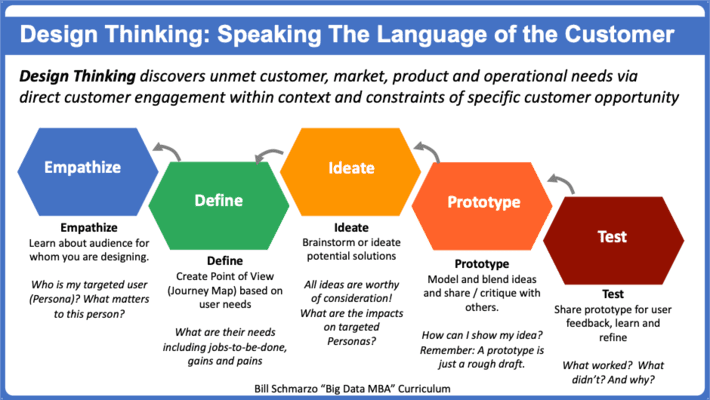
Figure 3: Design Thinking: Speaking the Language of Your Customers
Persona profiles, customer journey maps, and stakeholder mapping are a few examples of the Design Thinking tools to understand your customers, their jobs, pains (impediments) and gains (benefits). See “Design Thinking: FUture-proof Yourself from AI” for more details on how Design Thinking can help your team to learn the language of your customers.
Key #3: Embrace Organizational Improv
Like a great soccer team or jazz quartet, successful organizations exhibit organizational “improvisation” or improv in their ability to move team members between teams while maintaining operational integrity. To support organizational improv, we create data science innovation “Pods” with clearly defined roles, responsibilities and expectations. Also, the head of the pod is free to morph the team structure and reassign roles, responsibilities and expectations during the heat of the battle (see Figure 4).
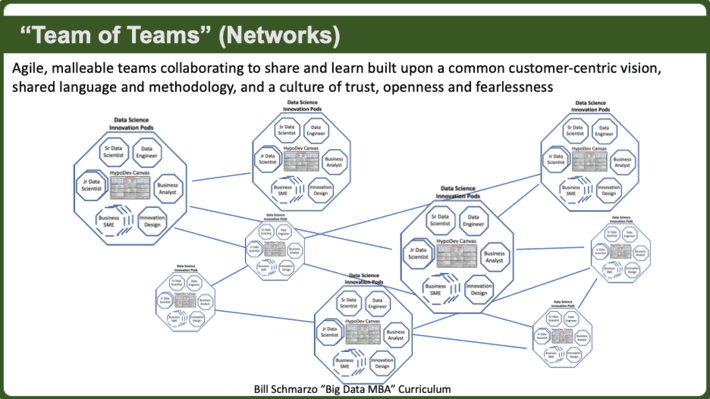
Figure 4: Organizational Improv Through “Teams of Teams” Operating Structure
Lord Nelson nurtured “entrepreneurs of battle” ship captains by creating agile, malleable teams that could collaborate, share and learn based upon a common customer-centric vision, shared language, and a culture of trust, openness and fearlessness. See “Scaling Innovation: Whiteboards versus Maps” for more on creating organizational improv with teams of teams.
Key #4: Operationalize Systems of Systems to Scale Innovation
Scaling Innovation necessitates creating an operating structure that can try, learn and adapt faster than the competition (see Figure 5):
- Step 1: Identify sources of customer, product and operational value creation. Embrace a customer-centric perspective to understand your targeted personas, their journey maps, and the associated jobs-to-be-done, gains and pains.
- Step 2: Codify sources of customer, product and operational value creation. This is where data science leverages AI / ML learning to “identify variables and metrics that might be better predictors of performance”.
- Step 3: Operationalize the customer, product and operational value into the organizations value chain. Embed the customer, product and operational insights into your operational systems to optimize, automate and eventually create an autonomous business model.
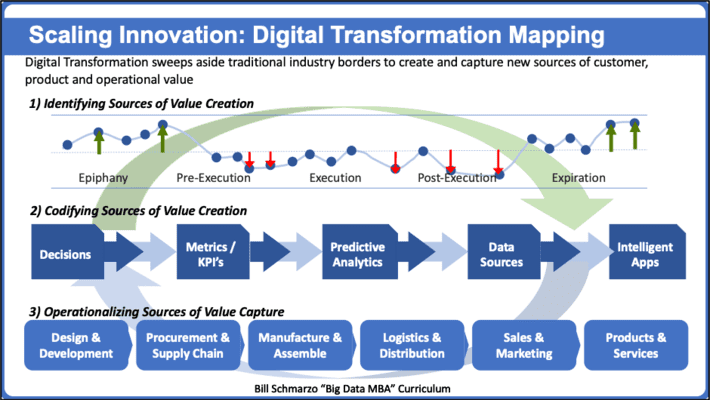
Figure 5: Digital Transformation Mapping
Finally, create a learning environment where every customer interaction and operational engagement yields new customer, product and operational insights. Wash, rinse, repeat…
Key #5: Create a Culture of Personal Accountability
Finally, establish a culture of personal accountability within a collaborative team structure. Everyone on the team must be prepared to “step up” when it’s their time to lead (see Figure 6).
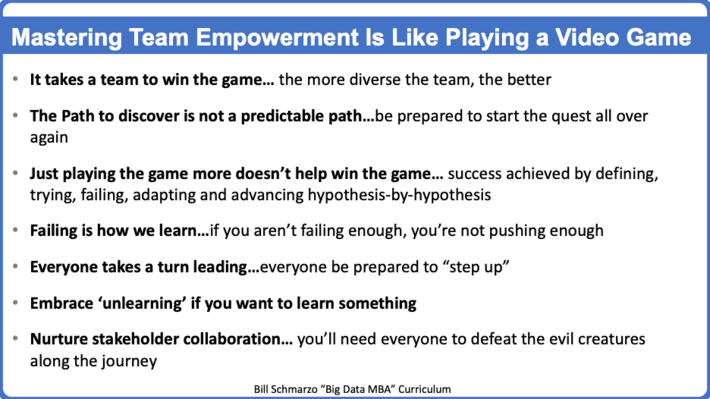
Figure 6: Personal Accountability within a Collaborative Team Structure
See “Why Data Science Development Process is like Playing Game Boy Final Fantasy” for more details on the importance of personal accountability within a collaborative team structure.
Team Empowerment Summary
In summary, to empower teams to drive and scale innovation:
- Key #1: Establish Common Mission & Value Creation Approach
- Key #2: Institute a Common Language…The Language of the Customer
- Key #3: Embrace Organizational Improv
- Key #4: Operationalize Systems of Systems to Scale Innovation
- Key #5: Create a Culture of Personal Accountability
Can’t wait for the next opportunity to leverage the “Dean of Big Data Production Studios”!

[1] Wikipedia: Battle of Trafalgar https://en.wikipedia.org/wiki/Order_of_battle_at_the_Battle_of_Traf…
